I want to make the lines of the following graph smooth. I tried to search and it seems that we have to represent the x-axis in terms of a float or some type such as date time. Here since the x-axis are just labels, I could not figure out how I should change my code. Any help is appreciated.
import matplotlib.pyplot as plt
x1 = [">1", ">10",">20"]
y1 = [18,8,3]
y2 = [22,15,10]
y3=[32,17,11]
fig = plt.figure()
ax1 = fig.add_subplot(111)
ax1.scatter(x1, y1, color='blue', label='Heuristic')
ax1.scatter(x1, y2, color='green', label='SAFE')
ax1.scatter(x1, y3, color='red', label='discovRE')
plt.plot(x1, y2, '.g:')
plt.plot(x1, y1, '.b:')
plt.plot(x1, y3, '.r:')
plt.ylabel('False Positives',fontsize=8)
plt.xlabel('Function instruction sizes',fontsize=8)
plt.legend()
plt.show()
Following is the graph that I get right now.

